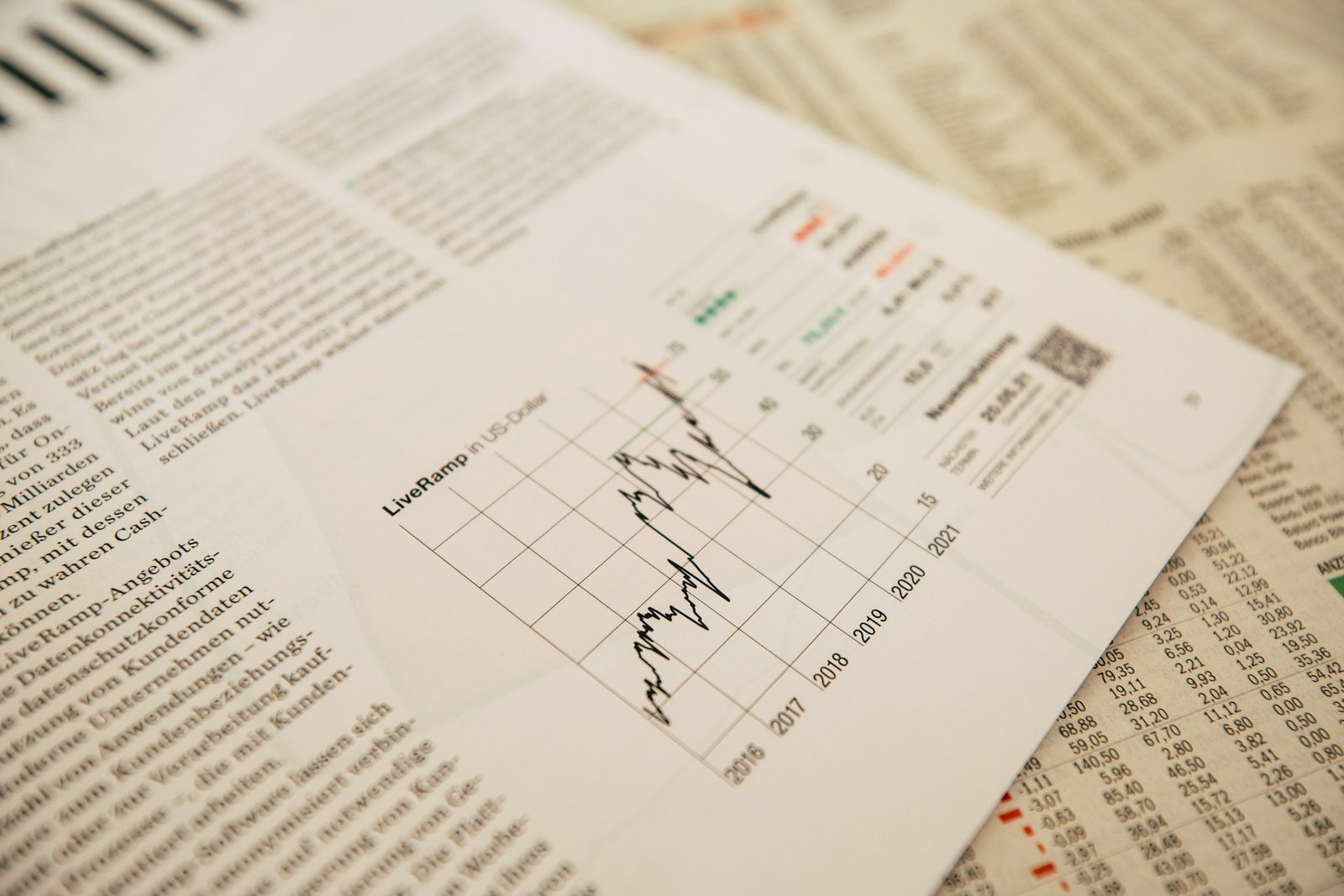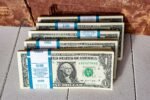Fed interest rate movements are more than abstract policy decisions—they directly shape how households borrow, spend, and save. This article is grounded in academic and official sources, including Federal Reserve research and economic data, to explain how interest rate hikes ripple through personal finances and consumer behavior. Whether you’re looking to buy a home, manage credit card debt, or plan for the future, understanding these dynamics is crucial.
Federal Reserve Interest Rates and Your Daily Budget
When the federal reserve interest rates rise, borrowing becomes more expensive. That’s by design. The Federal Reserve uses this tool—primarily through adjustments to the fed funds rate—to slow inflation and manage economic growth. But for households, it changes the math on everything from mortgages to groceries.
Between 2022 and 2023, a series of federal reserve interest rate hikes pushed the cost of borrowing higher across the board. According to official Fed data (federalreserve.gov), this tightening of monetary policy reduced credit availability, decreased home buying activity, and led to a noticeable pullback in household spending.
Fed Rate Hike Impact on Household Spending Patterns
Fed Rate Hike and Consumer Behavior
Each fed rate hike has a measurable effect on spending patterns, particularly among lower-income households. A 2025 working paper from the Boston Fed confirms that these households are disproportionately impacted by higher rates, as they rely more heavily on credit for basic consumption.
Other research from the Federal Reserve (FEDS Notes) points to declines in retail sales, slower auto purchases, and shrinking demand for durable goods following interest rate hikes.
Interest Rate Hike and Credit Use
When the interest rate hike cycle intensifies, credit card APRs soar. In 2023, average credit card interest rates climbed past 20% in the U.S., making revolving debt significantly more expensive. Variable loans and HELOCs also adjust upward, squeezing monthly budgets.
For a deeper dive into economic trends, see Wealth Docking’s Economy & Politics section.
Mortgage Rates: What Fed Policy Means for Homebuyers
Fed Mortgage Rate Effects in Real Life
One of the most direct ways consumers feel policy shifts is through the fed mortgage rate impact. While fixed-rate mortgages are linked more to long-term bond yields than to the current fed interest rate, rising expectations about future rates tend to lift 10-year Treasury yields—which pushes mortgage rates higher.
According to the Federal Reserve’s Beige Book (October 2023 Edition), housing markets in nearly all districts saw reduced buyer activity, longer sales cycles, and falling demand due to affordability pressures linked to higher mortgage rates.
Savings and Investments Under Higher Fed Funds Rate
On the upside, a higher fed funds rate often translates into better yields for savers. Certificates of deposit (CDs), high-yield savings accounts, and money market funds become more attractive. However, inflation-adjusted returns still depend on how effectively the Fed contains price growth.
Meanwhile, equity markets tend to face headwinds during tightening cycles. Tighter credit, reduced corporate profits, and increased investor caution tend to slow equity performance during federal reserve rate hikes.
Global Ripple Effects of U.S. Monetary Policy
Research published on federalreserve.gov and IMF Blog highlights how emerging markets are affected by U.S. policy changes. A stronger dollar and higher U.S. yields trigger capital outflows, raising borrowing costs abroad and dampening growth.
Although many countries have built resilience since the 2013 taper tantrum, the 2022–2023 rate hike cycle once again stressed global financial systems.
Looking Ahead: Fed Interest Rate Forecast and Household Strategy
Fed Interest Rate Forecast: What to Expect in 2025
While inflation pressures are cooling, the fed interest rate forecast suggests that the Fed may keep rates elevated through late 2025 to ensure stability. The current fed interest rate stands at 4.25%–4.50%, and further cuts will likely depend on sustained progress in inflation and job market stability.
Households should plan for prolonged higher borrowing costs and consider consolidating variable-rate debt or refinancing where possible.
Frequently Asked Questions (FAQs)
1. How does a Fed interest rate hike affect my mortgage and borrowing costs?
A rise in the federal funds rate generally leads to higher costs on credit cards, personal loans, and adjustable-rate mortgages. Fixed-rate mortgages, however, are more influenced by long-term bond yields like the 10-year Treasury, so they may not immediately move with Fed changes.
2. What is the current Fed interest rate, and why does it matter for everyday people?
As of mid-2025, the current fed interest rate is 4.25%–4.50%. This benchmark influences almost every aspect of consumer finance, from savings accounts to auto loans, and plays a key role in managing inflation, economic growth, and employment.
3. Can a Fed interest rate cut lower my mortgage payments?
A cut in the fed funds rate can lower payments on variable-rate products like HELOCs or ARMs, but fixed-rate mortgage holders are less affected. Mortgage rates more closely follow bond market expectations than short-term rate changes alone.
Take Action: What Can You Do Now?
- Review your debts: Focus on paying down high-interest, variable-rate loans.
- Refinance if possible: Fixed rates may still be lower than variable products.
- Build savings: Take advantage of higher yields on savings accounts and CDs.
- Stay informed: Track updates from the Federal Reserve to make timely financial decisions.
For more on how economic trends affect your financial planning, visit Wealth Docking.
Sources
- Boston Fed Working Paper – “Consumer Payment Behavior by Income and Demographics”
- Board of Governors FEDS Note – “A Better Way of Understanding the US Consumer”
- Federal Reserve Beige Book – October 2023 (Boston District)
- Federal Reserve Beige Book – October 2023 (New York District)
- FOMC Minutes – June 17–18, 2025
- Federal Reserve Report – Economic Well-being of US Households in 2024
- NBER Digest – “The Fed, Emerging Markets, and Capital Controls”
- Boston Fed Speech – “State of the Nation’s Housing 2025”
- Boston Fed Speech – Economic Perspectives (June 25, 2025)






